Inside OCZ's Factory: How SSDs Are Made
by Kristian Vättö on May 20, 2015 8:30 AM ESTPackaging
Once the drive has exited the validation station without any errors, it's considered to be fully functional and is ready to be packaged.
Before the drive is put inside the retail package, the labels are put on the metal chassis. Currently this is done manually and requires extreme precision from the worker, but this is an area OCZ is looking to automate to reduce costs and increase the throughput of the factory.
The folding of the cardboard retail boxes has already been automated and is done by the machine above.
The drives and accessories are put inside the retail box by hand and the last step in the process is to wrap the complete box in plastic. The wrap is folded over itself, resulting in a pocket where the retail package is pushed into. The package will then go through a heat tunnel, which shrinks the plastic a creates a tight wrap.
The retails boxes are then put inside 10-drive shipping boxes. The shipping boxes and the black holders have actually been designed by OCZ and are something that Mr. Van Pattern introduced shortly after joining the company. The new design is much more tolerable to drops and pressure in order to keep the retail packages cosmetically in tact and the 10-drive size is easy to ship around. OCZ does drop tests periodically to ensure that both the retail package as well as the shipping box quality hasn't degraded and the drives are safe.
The last stop for the drive before it's shipped out is, of course, the warehouse, which also concludes our factory tour.
Final Words
First of all, I'd like to thank OCZ and PTI for giving us the exclusive inside look of their factory. Usually we only get to see the final product, but not the steps that are taken to develop and build the drive. As we saw, the actual assembly process of an SSD is not very complex, but there is a tremendous amount of continuous testing to keep the quality high. Some tests, such as the box drop test, may seem a bit redundant, but ultimately it's these little things and aspects that build a high quality product.
That said, I'm not an engineering or manufacturing expert, so it would be wrong for me to "review" OCZ's processes. What I can say, though, is that OCZ's attitude towards quality and reliability has completely changed. In the past it wasn't unheard of that a product would only spend roughly three months in development before entering mass production, but now even the qualification phase of the development process is typically longer.
All in all, the new OCZ is well aware of its questionable quality reputation from the past and is now doing everything it can to build the trust back. It won't happen overnight, but opening up the whole development and manufacturing process is a way of showing that OCZ has nothing to hide when it comes to quality.


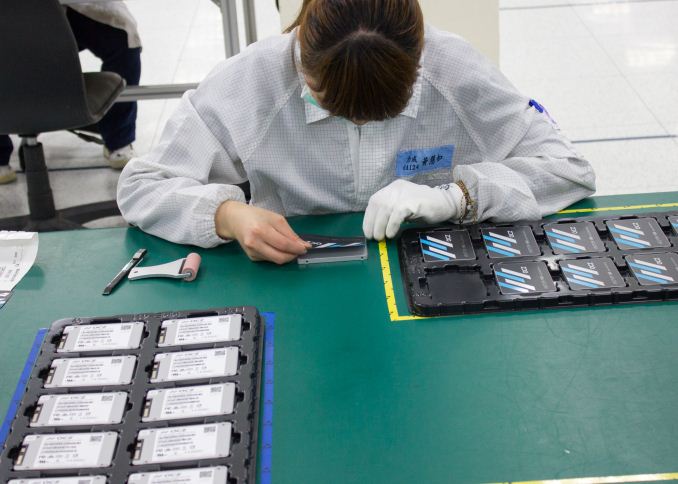
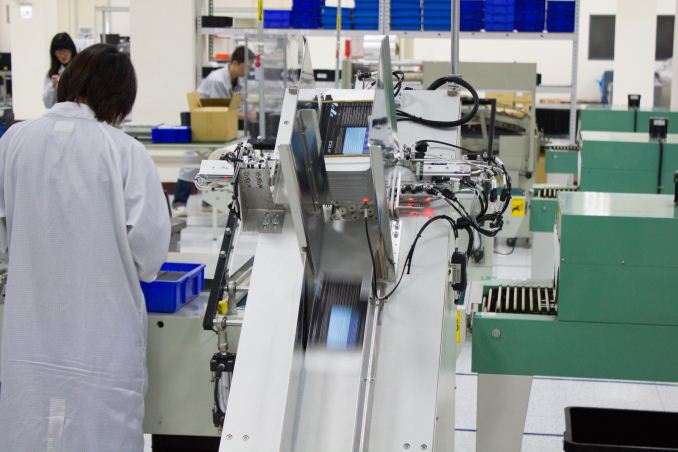
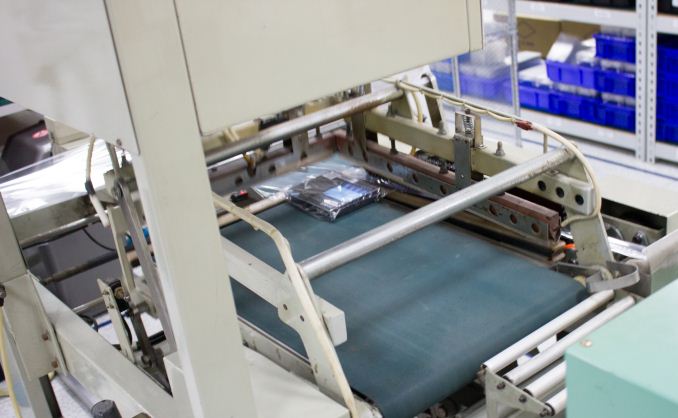
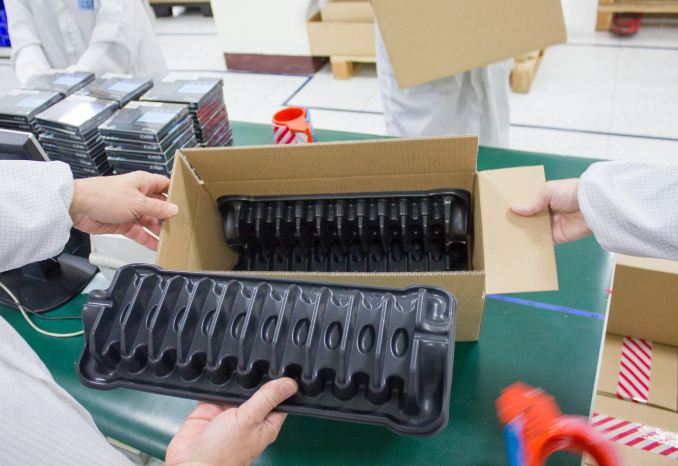
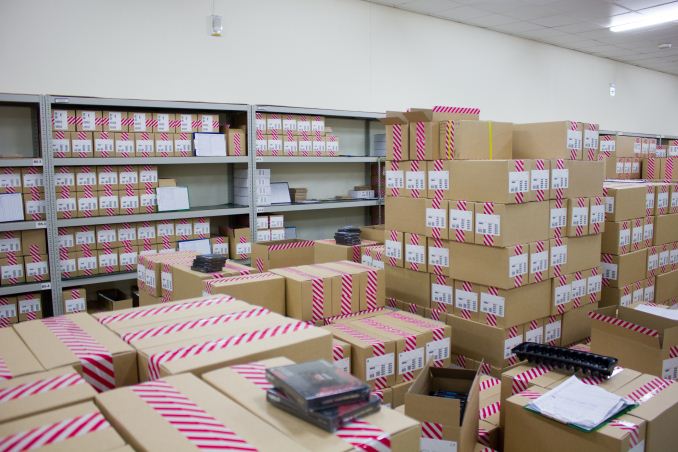








64 Comments
View All Comments
Murloc - Wednesday, May 20, 2015 - link
lol come on they visited other factories too....This article is neutral.
jihe - Wednesday, May 20, 2015 - link
You forgot Step 0 in the process: stockpile C-grade discarded nand chips from Micron/Intel/Samsung.valinor89 - Wednesday, May 20, 2015 - link
The point of being owned by Toshiba is precisely to avoid having to do that.ocz_tuff_bunny - Wednesday, May 20, 2015 - link
Hi jihe,Since this is my first comment in regards to this article please allow me to identify myself as an OCZ representative. Thank you for your comment. Being apart of a Toshiba Group Company all of our drives leverage premium Toshiba NAND. In the past few years we made significant upgrades in our products and processes to improve quality and continue to make investments in this area.
sor - Thursday, May 21, 2015 - link
This would surprise me. I've worked for memory manufacturers in the past, and you'll often find Samsung chips on Micron memory modules, and vice versa, simply because a company might choose to sell their die into more lucrative channels, or focus on manufacturing more lucrative configurations, or fulfill more lucrative contracts with the capacity they have. Then they supplement with product from competing manufacturers on their own products. People who pay attention to such things are occasionally surprised to see it, but in business its the bottom line that counts, and if you can make $.50 more per part by putting a configuration that you don't need internally on your wafers, and source your internal needs cheaper elsewhere, then you do it.Kristian Vättö - Thursday, May 21, 2015 - link
In the DRAM industry it's true that the original manufacturer of the chips varies more, but on the other hand nobody claims to use brand X chips in their modules (it's always just the speed and latency that are reported). In SSDs it's different as manufacturers specifically state what NAND they use, so switching from one NAND to another would be misleading marketing (and we've had some do that in the past, which lead to ugly results). Another thing is that SSD performance depends highly on NAND, so switching the chips inside would lead to varying performance unlike in DRAM.jihe - Thursday, May 21, 2015 - link
Well, will you promise to use Grade A Toshiba NANDs only then? Because OCZ had been one of the worse offenders of switching to terrible NAND chips in their SSD's, often within the same model and without any disclosure to the consumer. I would go as far as saying OCZ were using bait and switch tactics. Given your history it would take a lot to sway public sentiment. Perhaps having a NAND chip guarantee would go some way in correcting that.dgingeri - Wednesday, May 20, 2015 - link
I'm quite surprised by their firmware install process. I thought it would be more automated and part of the QA process. I also thought they would have automated the stickers long before now.Wwhat - Wednesday, May 20, 2015 - link
Many factories have such a weird final hand-done step. I think it's just so people have a job.And although that's fine, I think it does show the flaws in the capitalist system and the society's thinking.
jimjamjamie - Wednesday, May 20, 2015 - link
"..running some sort of a Linux distro.."If you zoom in on the photo you can see that the applications menu button (top left) has a Fedora logo. Interesting choice!